You can trust Cyclingnews

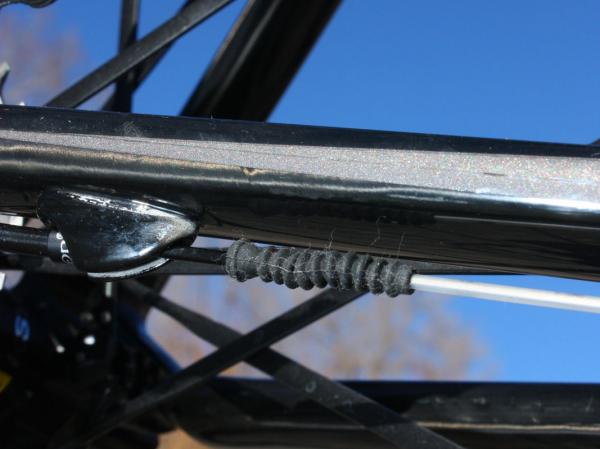
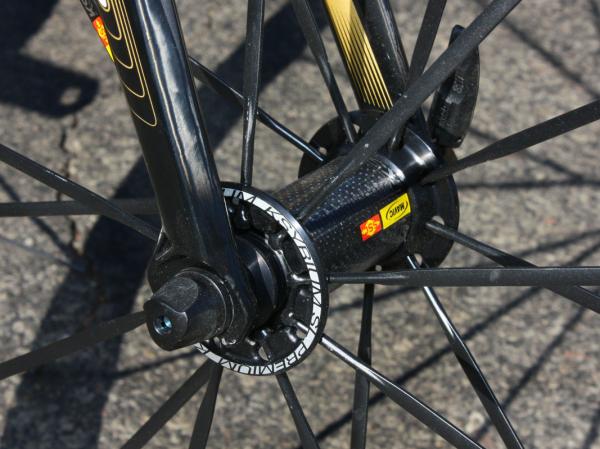
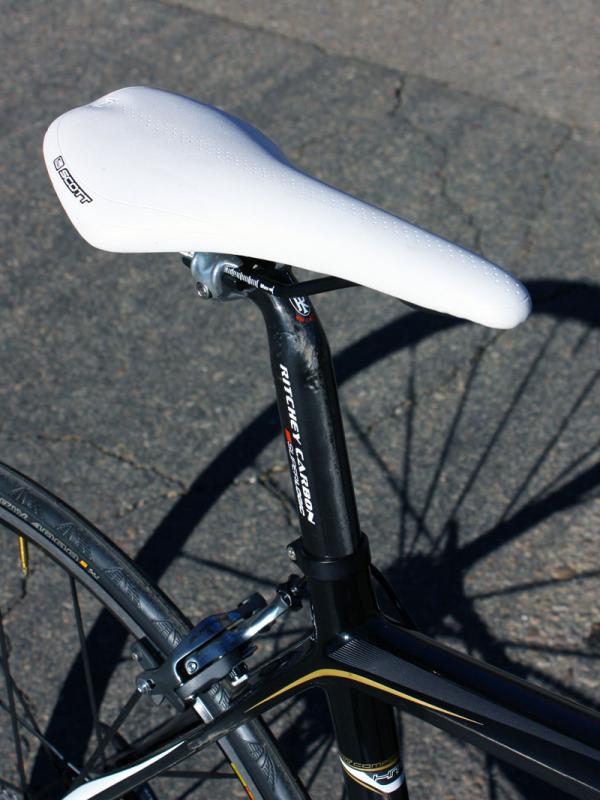
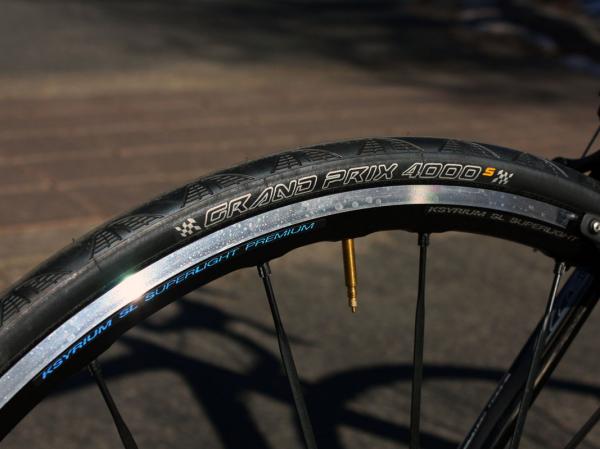
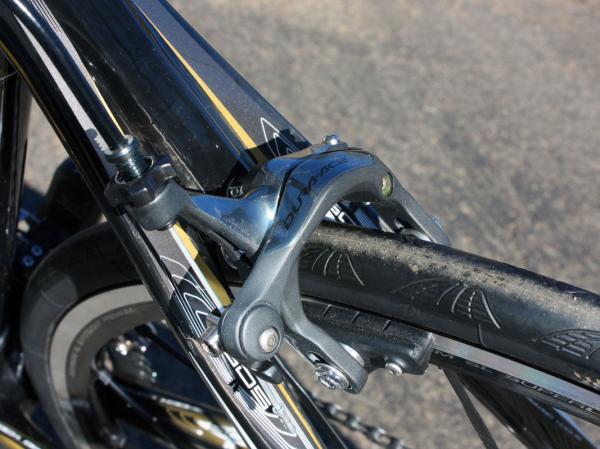
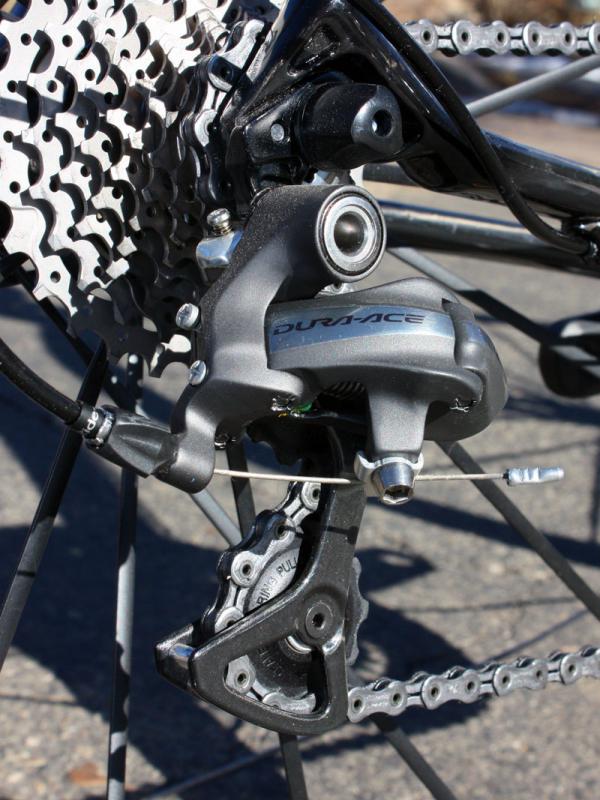
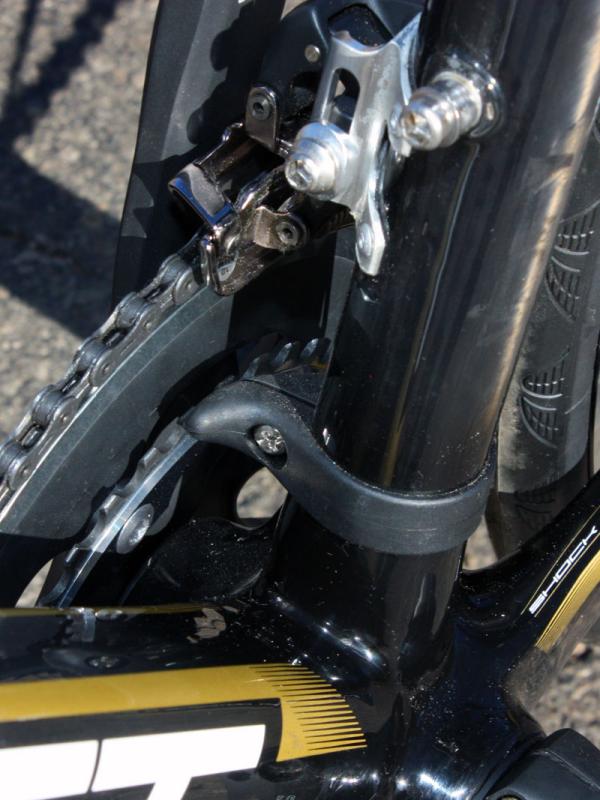
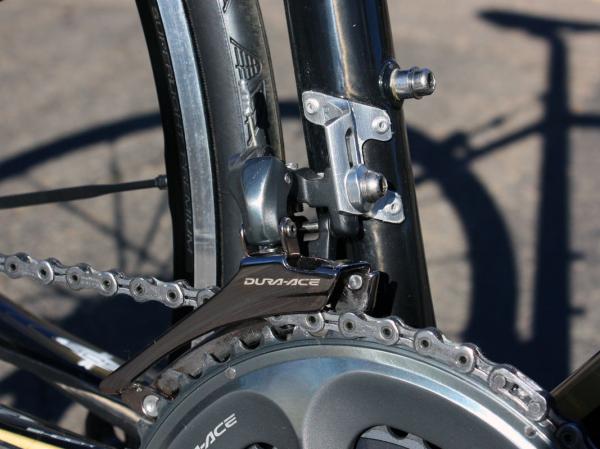
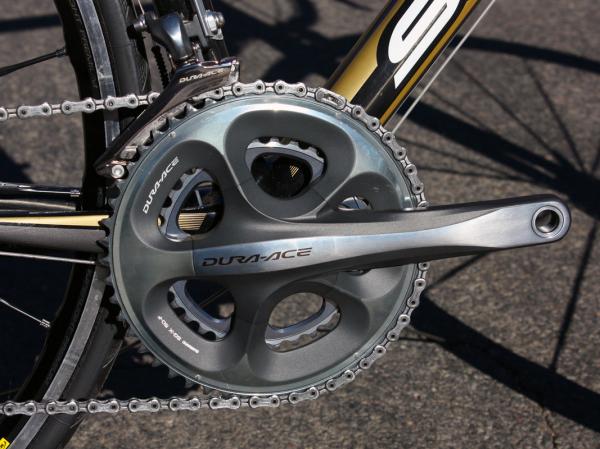
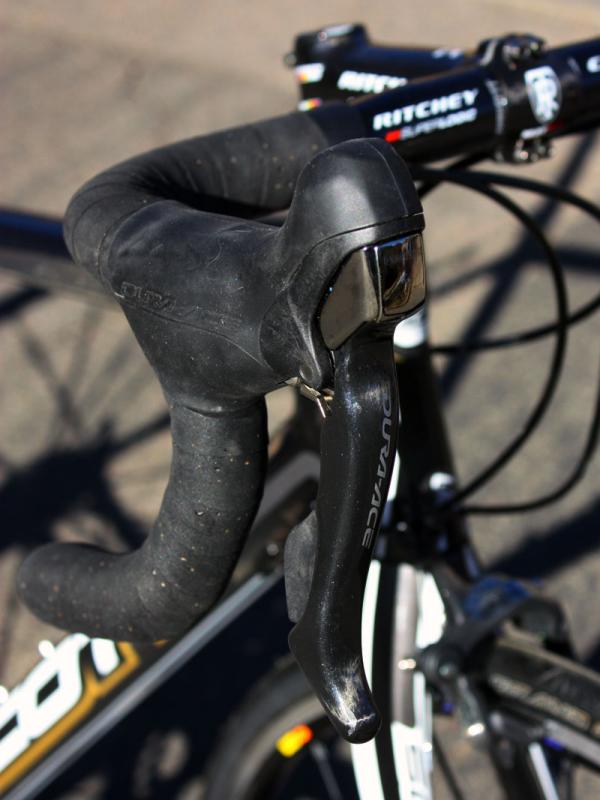
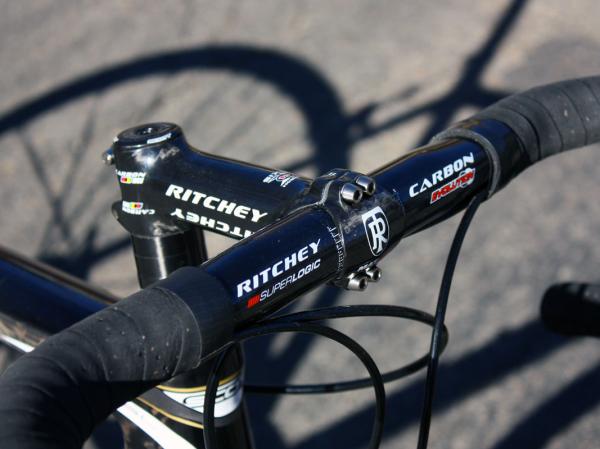
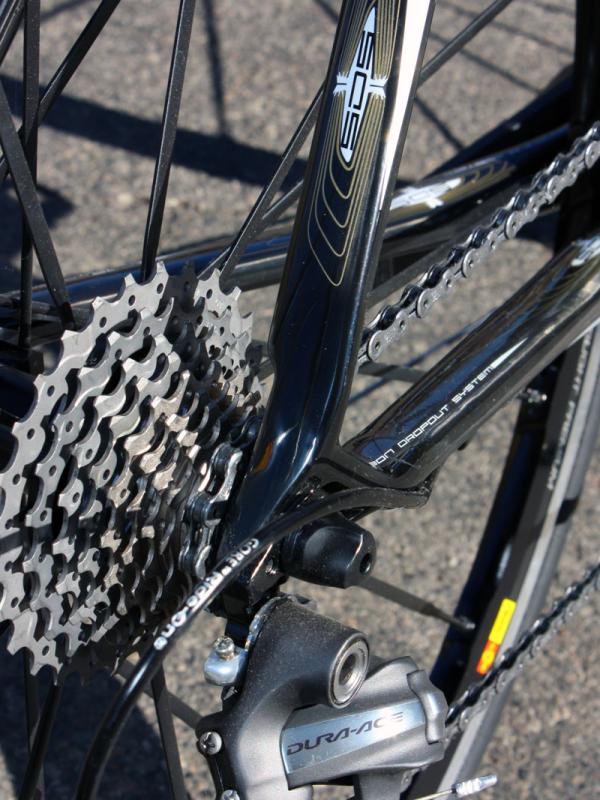
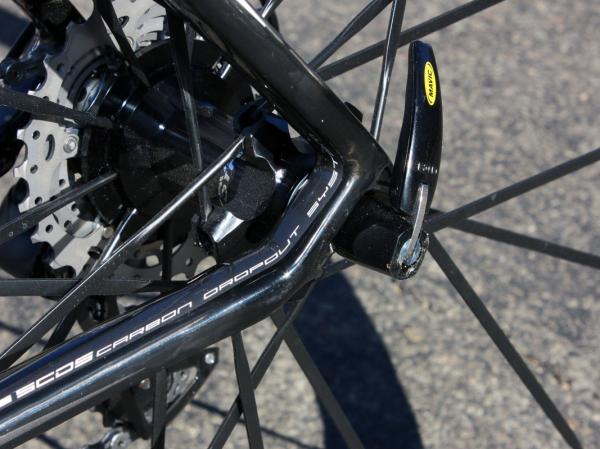
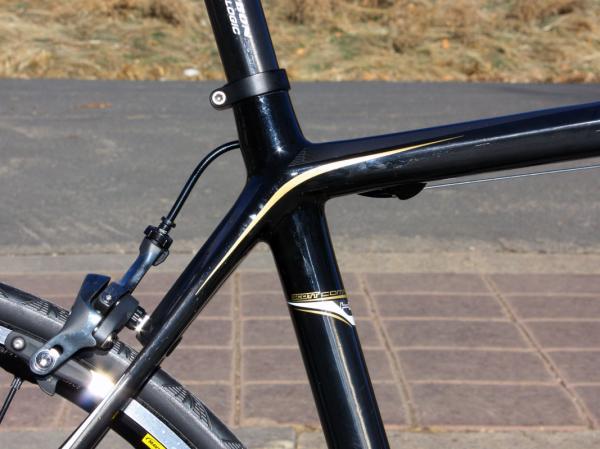
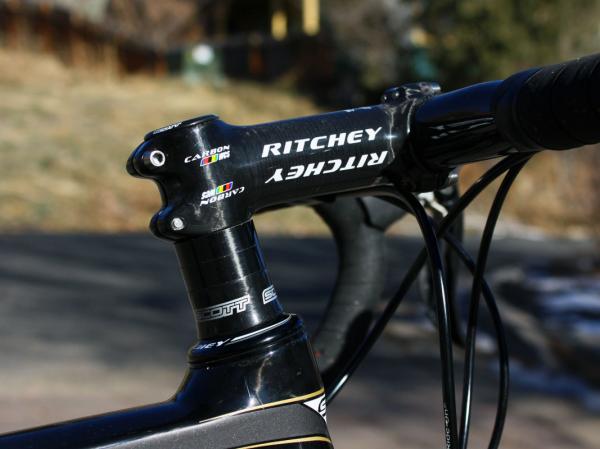
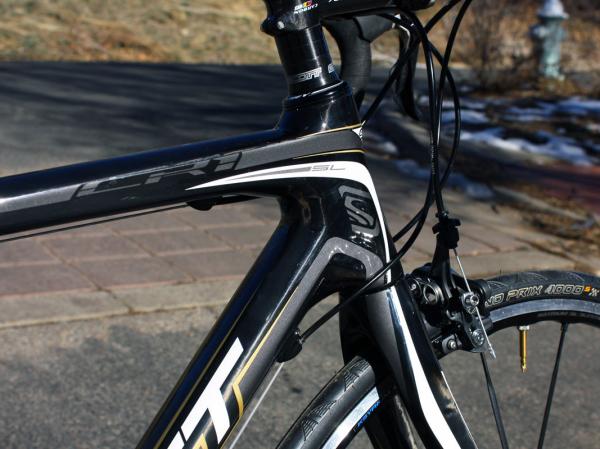
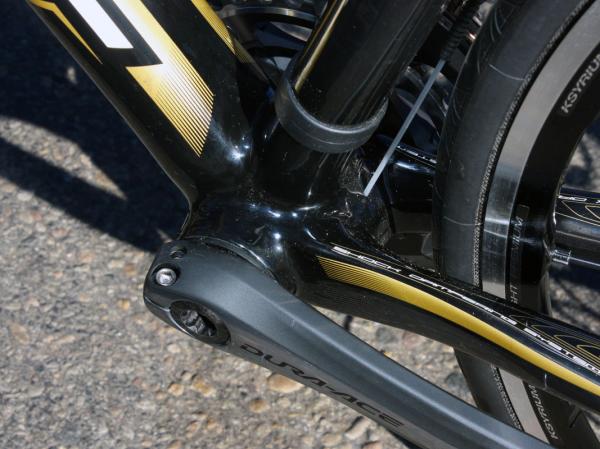
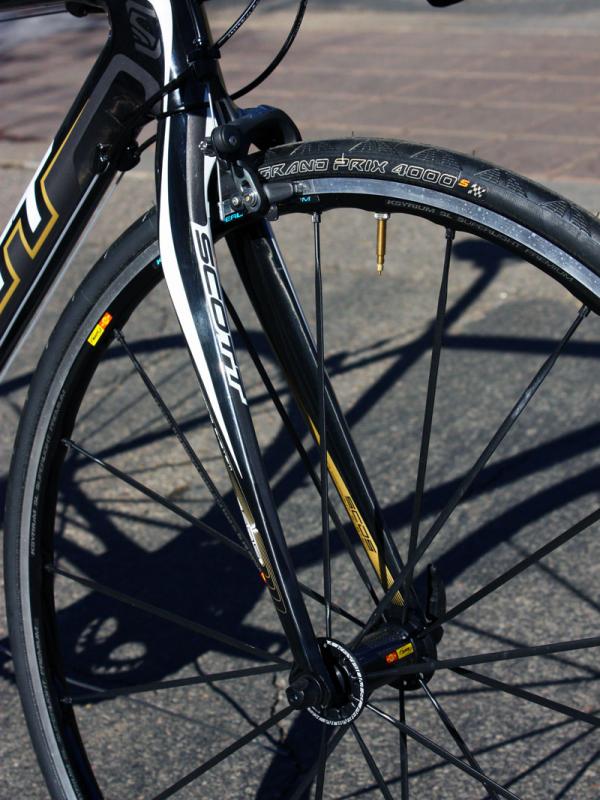
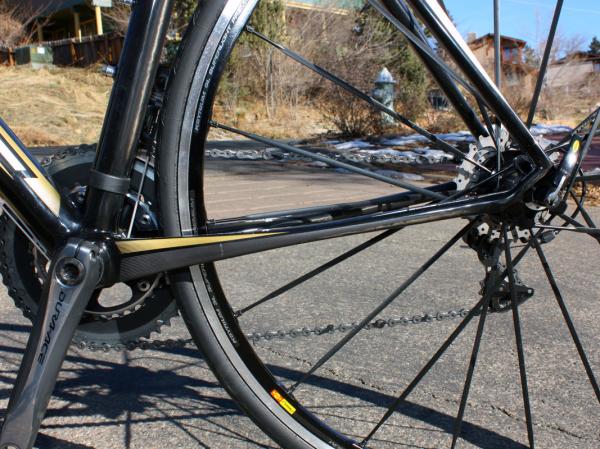
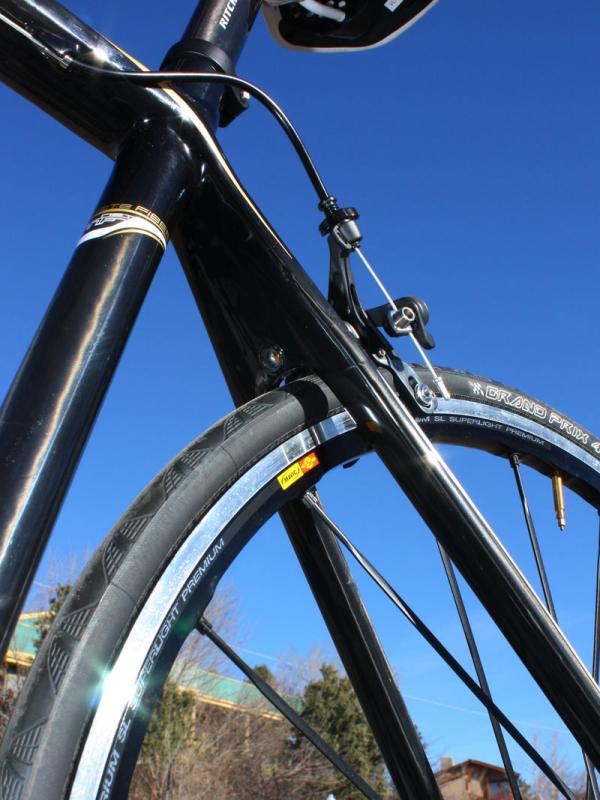
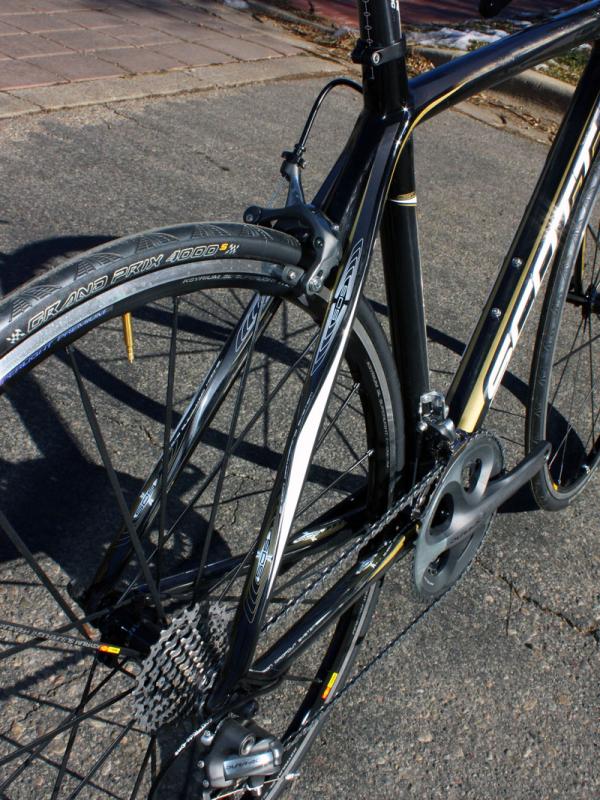
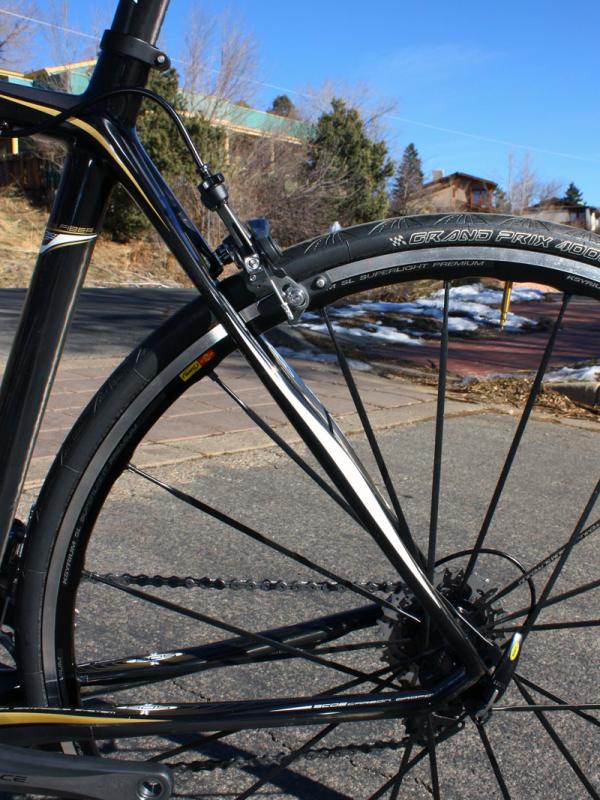
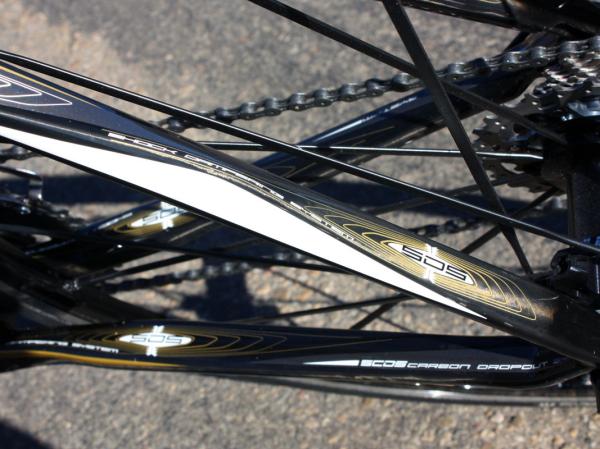
Scott's CR1 has been revamped for 2010, with trick new tube shaping that's designed to take the edge off the bumps without overly diluting the bike's racy feel. This shaping actually works, and quite well – though not entirely the way we expected it to.
Ride & handling: Light and stiff enough to race, but with a bit of give over bigger bumps
On smoother roads the so-called SDS (Shock Damping System) – basically, the stays have been flattened in key areas so they flex under big impacts – is essentially inactive and the CR1 rides similarly to the company's Addict flagship, leaving us wondering what all the fuss was about. It's notably firm with excellent road feedback and, as is typical for higher-quality carbon frames, has just enough inherent vibration damping to smooth out road buzz without killing the ride.
SDS kicks in on bigger impacts such as potholes and frost heave – right when it's needed most – where the Addict and others tend to violently crash through. It's no magic carpet, mind you, and even Scott claim just 0.6mm of vertical movement – a seemingly insignificant amount though it feels like more beneath you. On the road, the movement is surprisingly tangible and supposedly 2.5 times greater than the previous CR1. You still feel the bump but it's significantly less harsh or jarring and even rock-hard, frozen washboard on dirt roads is notably smoothed over to the point where it's nearly tolerable.
Scott add the SDS feature to the matching all-carbon fork too, though here the shaping is much less radical and, not surprisingly, offers a more subtle ride improvement. In either case, keep in mind that SDS isn't really 'damping' per se, regardless of the nomenclature – it's more like a very short-travel leaf spring. Regardless, it works as intended and is definitely more suitable as a long-distance machine than the Addict, especially if your local road conditions are less than ideal.
Drivetrain and overall torsional rigidity feels little changed from before and is still admirably high with just a hint of dullness to the back end when you really lay it down. In spite of the added comfort, there's still plenty of get-up-and-go left in the chassis and the CR1 remains quite race-worthy. In fact, the CR1 may even offer a traction benefit for competitive riders who regularly have to corner hard on broken tarmac. However, those looking for ultimate performance will still want to look towards the Addict instead, which offers slightly snappier reflexes and a livelier ride quality.
As part of Scott's retasking of the CR1 as more of an all-rounder, frame geometry has been slightly modified from the usual racer layout to accommodate a more upright riding position. Thankfully, though, the changes are decidedly modest: our 52cm tester has just 5mm taken out of the effective top tube length (but a steeper seat tube angle so the reach is virtually unchanged) and a reasonable 20mm added to the head tube, compared to the same size Addict. Simply slam the stem down to the headset to produce a more aggressive position – as we did – or take advantage of the generous steerer tube length to save your back as needed.
Handling prowess doesn't take a hit, as is often the case with many 'endurance' chassis, and the CR1 carves turns as ably and neutrally as its Addict big brother. This means that the CR1 isn't a sit-up-and-watch-the-birds cruiser, so if that's what you're after, look elsewhere. Think of it more as a racecar with softer suspension settings.
Frame: Clever frame engineering means stiffness isn't sacrificed for comfort
Not surprisingly, the new CR1 frame layout is similar to the Addict with a one-piece moulded IMP (Integrated Molding Process) front end connected to separate seat tube and stay assemblies via Scott's long-standing tube-to-tube construction. Carbon is again used for the housing stops but is now also subbed in for the new dropouts, and the extra-wide bottom bracket surrounds newly press-fit composite cups.
Our top-end SL version uses Scott's highest-quality HMX carbon fibre blend as well, but even with the upgrades and material substitutions, the 2010 CR1 gains a few grams relative to last year's version in order to reinforce the frame against the newly added flex patterns (adding frame flex is easy; controlling its direction and engineering where it stops isn't). While both the chainstays and seatstays are very thin top-to-bottom, they're also very wide – and probably a tad thicker-walled than usual – to keep unwanted torsional flex at bay. In addition, the anchor points for the chainstays are decidedly stout at the bottom bracket.
Still, actual weight for our bare 52cm frame is an impressive 893g (1.97lb) and well in-keeping with other high-end platforms. Even with alloy clinchers fitted and a heavier-than-stock saddle (consumer bikes are supposed to come with a carbon-railed Fizik Arione CX), total weight for our complete tester was just 6.59kg (14.53lb) without pedals – hardly a boat anchor.
Equipment: Smart parts kit, including full Dura-Ace and Mavic Ksyrium clinchers
The corresponding build kit is wisely chosen across the board with light weight kept in mind but not at the expense of durability. Shimano's latest Dura-Ace badge is found on the entire transmission (which Scott offer in either compact or standard) and brake callipers and the result is predictably smooth and precise shifting matched with best-in-class stopping performance.
Our tester came fitted with slippery Gore sealed cables, too, effectively cancelling out the extra line friction from the newly concealed derailleur routing. Stock bikes won't come from the factory that way but the improvement in shifter feel is significant enough that we'd recommend the upgrade. Rolling stock comes courtesy of Mavic's Ksyrium SL Premium alloy clinchers and Continental Grand Prix 4000 rubber. Both are well-proven items with an excellent balance of performance, durability and versatility – no complaints there.
Finishing kit is supplied by Ritchey in the form of a SuperLogic Carbon Evolution handlebar and one-bolt seatpost, and WCS Carbon 4-Axis stem. We've had good luck with the seatpost design and stem in the past but the handlebar is a decidedly love-or-hate-it item with its hyper-ergonomic bend. Bigger handed riders will likely find the flat sections of the drops too short, too.